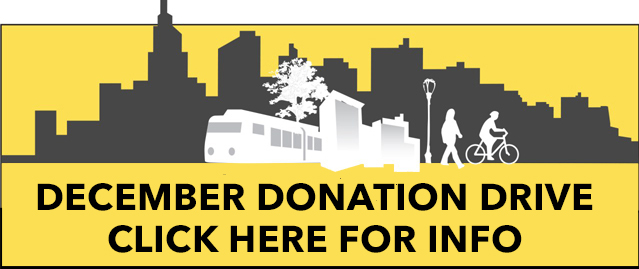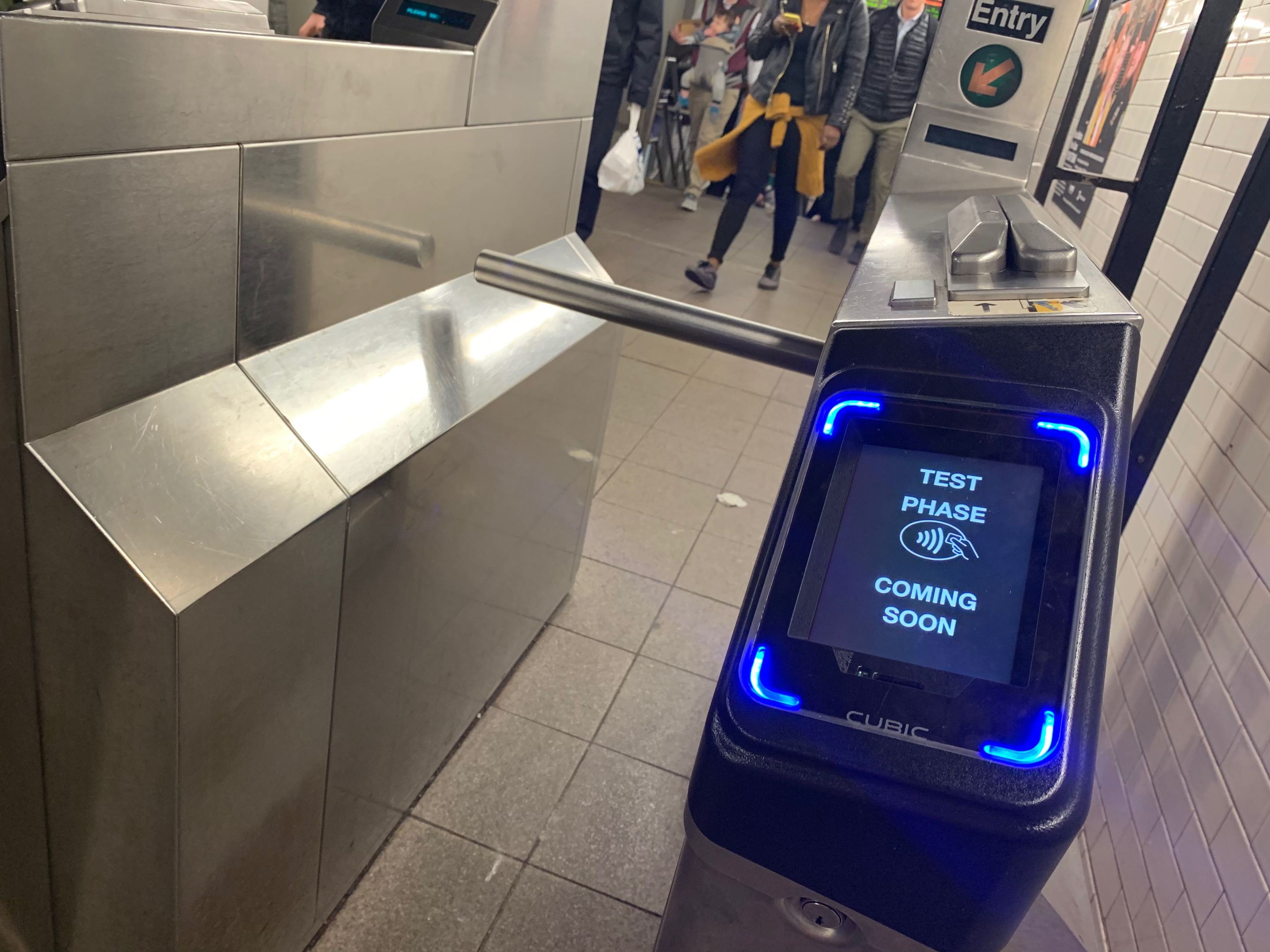
Fewer people are buying unlimited MetroCards, so the MTA is digging through its data to figure out what new discount program will get riders back on the train.
MTA Chairman and CEO Janno Lieber said last week that the MTA is especially interested in watching how and when riders are getting around in an attempt to figure out what, if any, new discounts the transit agency may offer in the future. Currently, OMNY users have to pay for 12 subway and/or bus rides before getting the rest of their rides for free that week, a practice known as fare-capping.
"The good thing about OMNY is it gives us enormous flexibility to develop and implement a range of different discounts over time depending on rider behavior," Lieber said. "We've had pretty good pickup on the Lucky 13, so we're going to keep trying to use that new flexibility to develop a discount profile that matches what our riders are telling us through their behavior."
The MTA is going to need to figure it out, because riders are already voting with their feet (as in not using them to get into the subway), which has drastic consequences for the agency's extremely troubled budget.
It will also be nearly impossible for the MTA to raise enough money from ridership to fill its fiscal hole. Last week, State Comptroller Tom DiNapoli released a report pointing out that if the MTA tried to balance its budget on the backs of riders, it would have to raise fares an astounding 19 percent even above the already budgeted fare hikes the agency planned for 2023 and 2025.
The MTA's post-Covid ridership rebound is coming in lower than the agency had previously expected, but the agency has done slightly better at the farebox than it predicted in this year's budget. But the reason is a double-edged sword: there may be fewer riders than usual, but they're each paying slightly more to ride. According to the MTA's October Financial and Ridership report, farebox revenue through October has been $2.5 billion, which is 4 percent higher than expected because the agency is taking in a higher-than-average fare on the bus and subway. The agency also noted the same decline in upfront payments for unlimited rides in its November Financial plan.
"Commuting patterns remain impacted by the pandemic, and most riders are not using payment options — such as monthly tickets on Long Island Rail Road and Metro-North, and seven- and 30-day MetroCards — that when used to their fullest extent offer the lowest average fare per trip," MTA staff wrote.
In 2019, the last normal year, about 52 percent of riders were buying seven- or 30-day unlimited MetroCards. By October this year, the MTA said that fewer than 30 percent of riders were using either of the unlimited cards to get around. Transit ridership has settled into a midweek peak, with riders especially hating Mondays, making the 30-day MetroCards an especially unappealing option for workers who formerly went to the office five days per week.
"We want a New York that's better than before, and we want a transit system that adapts to new commuting power patterns," said Citizens Budget Commission President Andrew Rein. "We're going to have different patterns of people commuting different places, and we've got to be planning that way. We can't be planning for 2019."
Lieber said he would task the MTA staff — which came up with the initial OMNY fare cap and other discounts introduced earlier this year — to see how those pilot programs have done and come up with some new discounts. According to the MTA, 2,372,000 riders have hit the weekly fare cap and taken 7,732,000 rides since it was introduced on Feb. 28.
As part of the November Financial plan released last week, MTA CFO Kevin Willens said that the agency was willing to raise fares 1.5 percent higher than originally planned in 2023 and 2025 in order to raise $50 million more than previously expected in 2023 and $100 million each year from 2024 to 2026. But new discounts could also help juice ridership, and are especially important in an era where the MTA leadership is both considering bringing back its regularly scheduled fare hikes, but also telling state legislators that the transit system needs more dedicated funding sources as opposed to a shock 5.5-percent fare hike.
But it's not a long-term fix.
"[Increased] ridership is going to help get out of the fiscal crisis, but it is not going to solve the financial problems of the MTA," said Lisa Daglian, the executive director of the Permanent Citizens Advisory Committee to the MTA. "We can never go backwards and look at farebox revenue as the funding paradigm for the way transit is paid for. It has to be a more regular, dedicated and reliable funding stream like we see in other systems but providing flexibility, providing incentives for getting people back on board and making fast, reliable, safe, clean and accessible service the hallmark of this system is also what's going to make people want to come back."






